Artefacts, Works of Art & Historical Objects
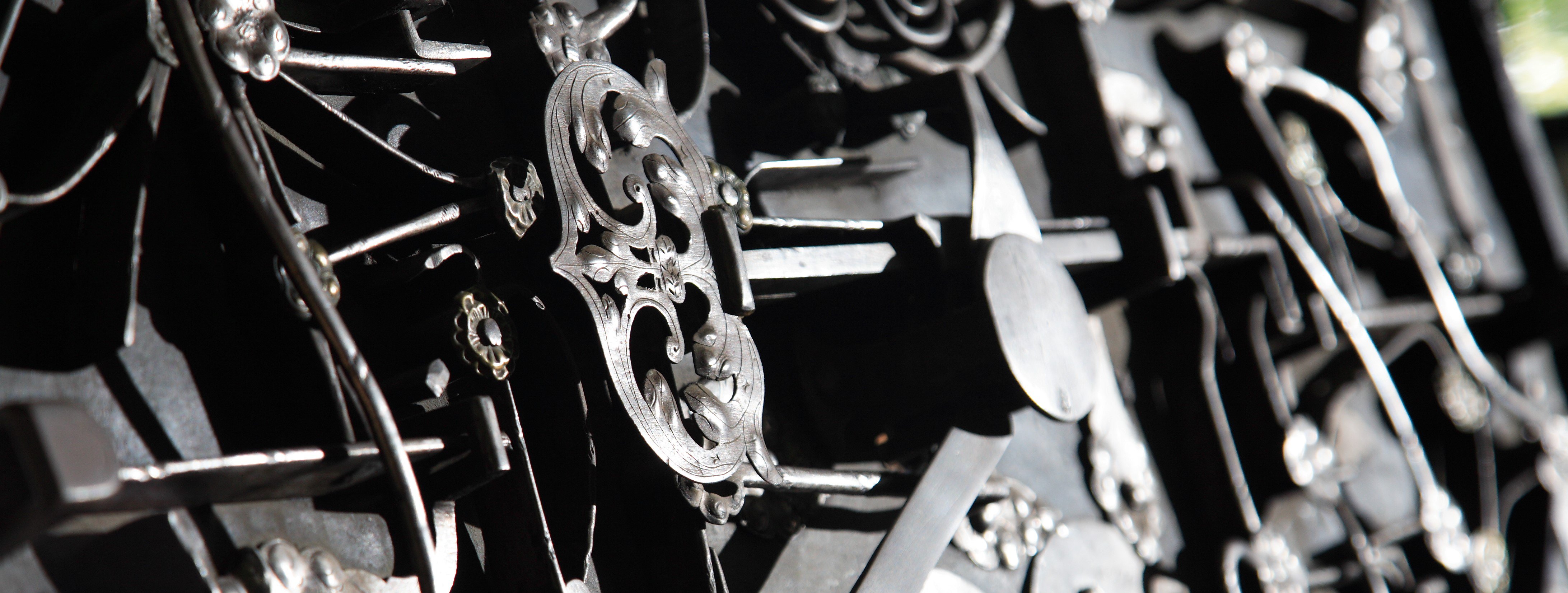 The Founder's chest with elaborate locking mechanism on display in the Library.
The Founder's chest with elaborate locking mechanism on display in the Library.
This Oxyrhynus papyrus (P.Oxy.1676) is a letter from Flavius Herculanis to Aplonarion (former slave?) asking why she did not attend his son’s birthday (3rd century CE). Some parts of this letter may have been phrased rather bluntly, but other passages suggest a cordial friendship between sender and recipient.
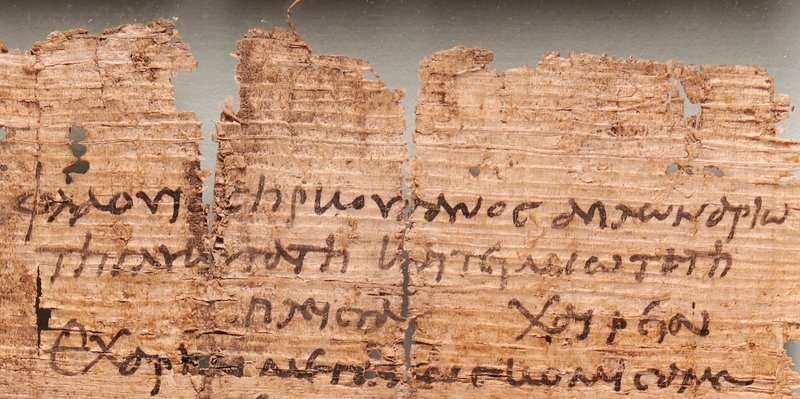
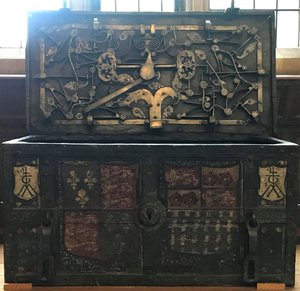
The Founder’s Chest is a strongbox that belonged to Sir Thomas White, who founded St John’s College in 1555. The chest is made of iron and painted with coats of arms and floral designs. The chest was used to store valuables (documents and money most likely). It has an intricate locking mechanism. Further examples of this type of chest survive in other Oxford colleges.
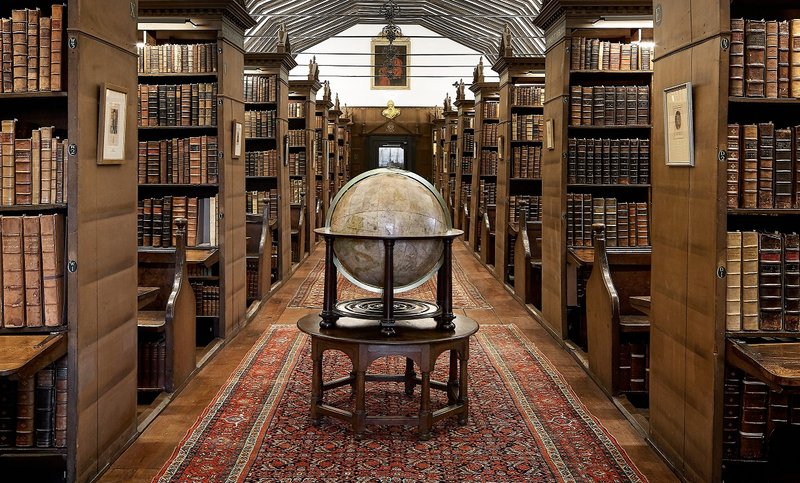
Like most historic college libraries, St John’s holds a set of globes, one terrestrial and one celestial. The current pair of globes, produced by the internationally renowned cartographer and globe-maker John Senex, date from 1740. They were donated to St John’s College five years later, in 1745. There had been several earlier pairs of globes, the earliest of which was donated in 1599, a year after the College’s historic library (now called “Old Library”) had been completed.
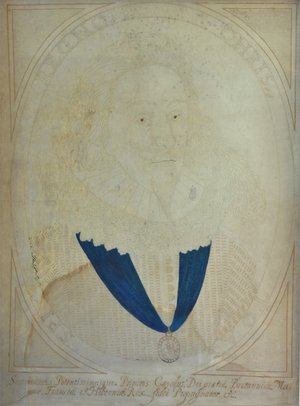
This 17th-century portrait of Charles I may look rather unspectacular at first sight, but the manner of its production reveals it as an ingenious piece of art. It was copied from a print published in Holland before 1638, using brown ink and metalpoint on parchment with blue pigment and shell gold. The lines of the face (except the line of the mouth), of the hair, the neckband, the oval rings and the motto enclosed in them, and the ornaments of the clothes (with the exception of the gold strips) are words written so minutely that they are essentially indecipherable. As early as c.1680, the portrait is described as “drawne by a penman as far as the bust, containing in the haires of his head, face, beard and other clothing, the whole book of Psalmes” (Thomas Baskerville, Ms Rawlinson D.810, reprinted in Collectanea IV, Oxford Historical Society, 1905, p.193). Digital photography confirmed that the lines are indeed script and that they contain some of the psalms, including the penitential Psalm 84. Although several early travellers declared the writing to be Latin, it is, in fact, English. The portrait is an example of micrography: a decorative art influenced by Islamic calligraphy and developed by Jewish scribes.
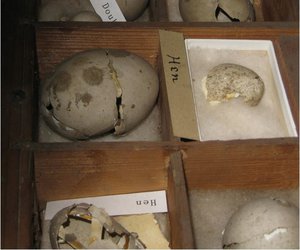
In the 1630s, the space now known as the Laudian Library was constructed by order of William Laud to accommodate the “Inner Library”, which housed Laud’s manuscripts and items of scientific interest. As well as globes, there were two skeletons in specially designed cabinets supplied by John Speed (the first anatomy lecturer at Oxford and son of the mapmaker with the same name), who also gave us an illustrated account of how he put them together. By the 18th century, these collections had become a jumble of curiosities (a “Cabinet of Curiosities”). Next to the micrographic portrait of Charles I mentioned above, visitors reported seeing “a monster lamb with two heads”, “a hat made of cloves”, “a bird of paradise”, “a stone taken from a man’s bladder, of a large size” in a silver casket, and other such items. Added to this was the collection of curiosities of the antiquary and Physician John Pointer, a Fellow of Merton, who fell out with his own college and deposited his collection with St John’s College. Some of these items still survive in collections outside the Library. The stone form a man’s bladder is now in the College’s silver collections and the few remnants of the Pointer collection are deposited with the Museum of the History of Science in Oxford, most notably a chest containing mineral and biological samples (although Pointer’s albums of handwritten and printed curiosities remain in the library). Many of the more curious items (the monster lamb, the skeletons etc.) have disappeared into the mist of time.
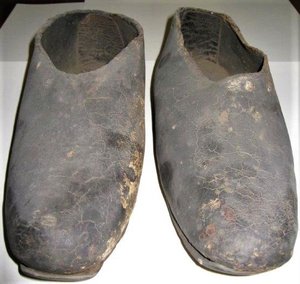
The library holds a small collection of medals (many associated with William Laud) and miscellaneous archaeological finds, including:
- a hammer stamp with the initials of Sir Thomas White
- a pair of 19th-century(?) shoes (cloggs?) found buried in the garden
- a small leather ball found during the first phase of the building works for the Library & Study Centre
- an assortment of keys (including several of the keys handed out to Fellows by William Laud for access to his “Inner Library”)
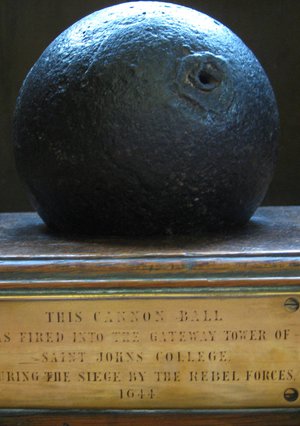
Next to the Founder’s Chest rests a cannonball which was fired at the College during the Siege of Oxford in the Civil War of the 17th century – or so legend has it.
A Bishop’s crozier and a walking stick are kept in the Laudian Library. The latter was supposedly used by Archbishop Laud when he ascended the scaffold for his execution.
St John’s has commissioned new artworks for the Library & Study Centre
Kirsty Brook's, Glass artwork in the Otranto Passage
The 15-meter long glass artwork depicts the College’s history from 1555 to 1755 inside the Otranto Passage (Canterbury Quad) entrance to the Library & Study Centre. Find out more about the glass work here.
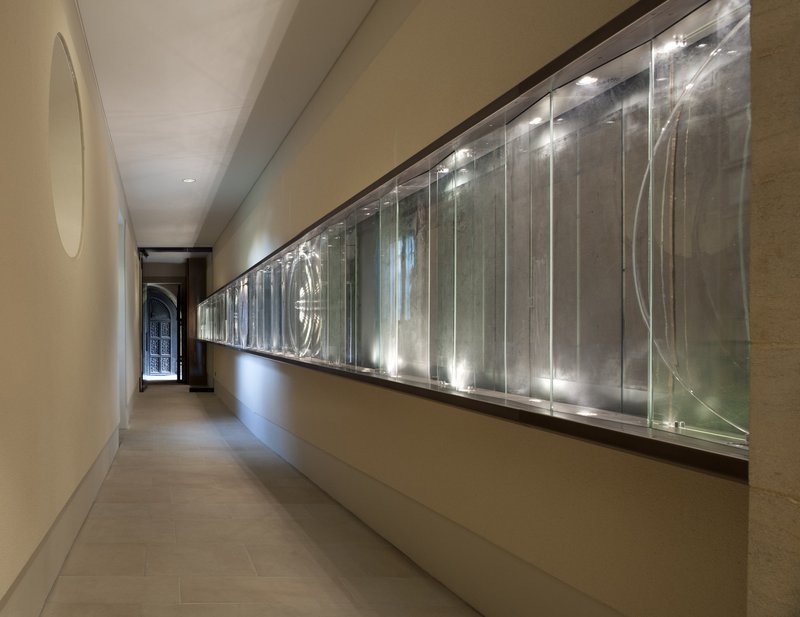
Susanna Heron, Stone Drawing
The Stone Drawing is located at external (Clipsham Frieze West) and internal (Clipsham Frieze East) faces of the Library & Study Centre's west elevation. The internal wall can be seen in the Foyer, the external wall is part of the President's Garden. Find out more about the Stone Drawing here.
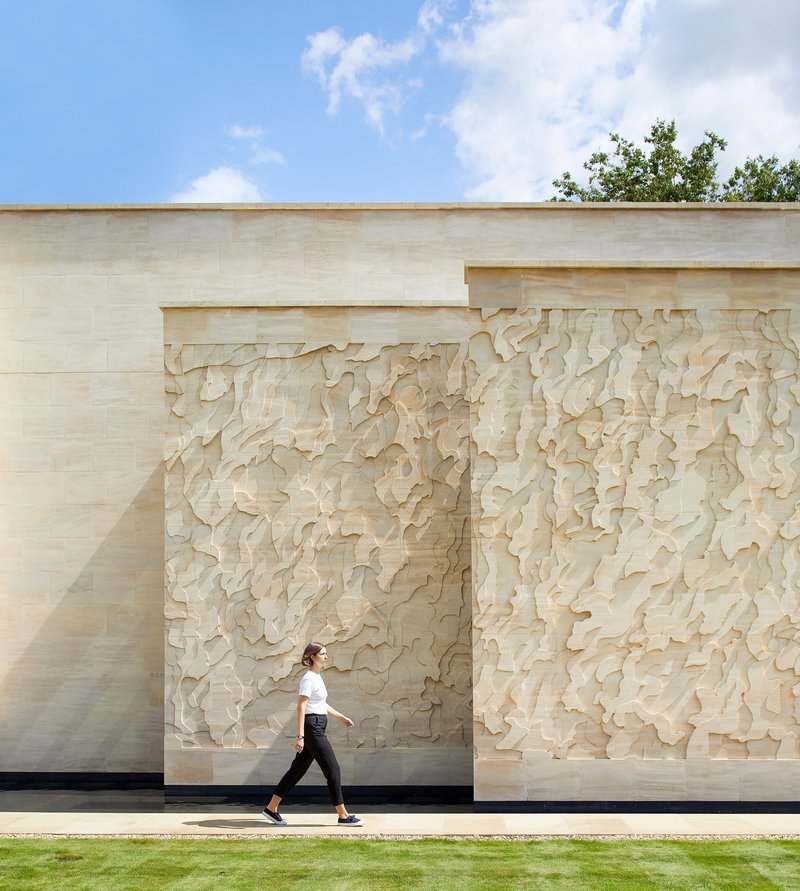
Susan Morris, Silence (on Prepared Loom)
The six pieces tapestry series is located in the Lower Reading Room of the Library & Study Centre. It is a visual representation of a 50-minute sound recording in the College garden. Find out more about Silence (on Prepared Loom) here.
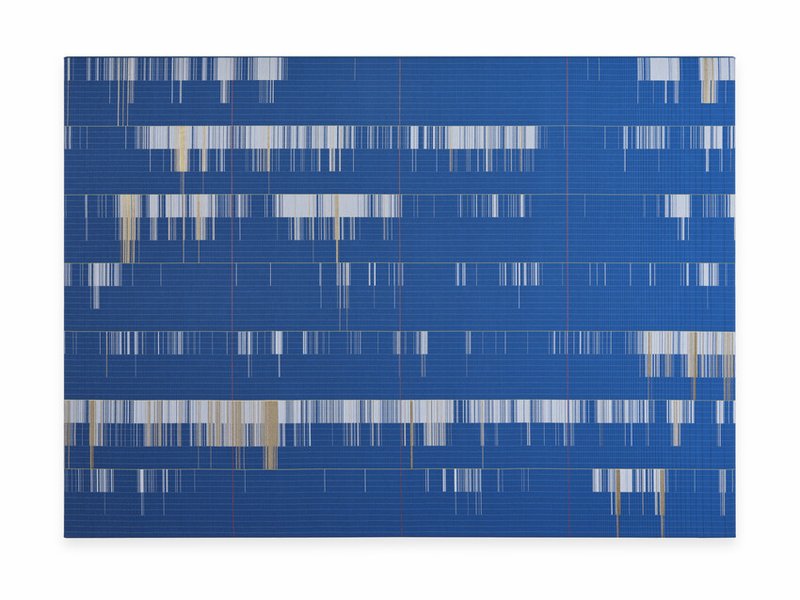
Mary Lum, St John's Primer
Located on the landing outside the Laudian Library's entrance, this tapestry reflects upon St John's historic manuscripts and books by way of juxtaposing fragments of texts and symbols from the collections. Find out more about St John's Primer here.
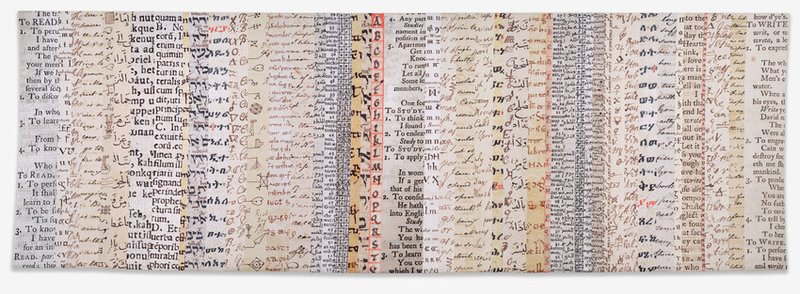
The Silver Futures Project
Two new silver artworks were made with melted down silver from disused or broken items in St John's silver collection as part of the Silver Futures, a Hidden Objects Oxford project. They are both located on the landing outside the Laudian Library's entrance.
- Maria Hanson and Chris Knight, Here I Am
- Simone ten Hompel, Things Change
Find out more about the project and the artworks here.